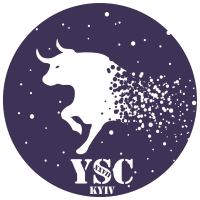Speaker
Description
Galaxy clusters (GCs) are the largest and most massive gravitationally bound objects in the large-scale
structure of the Universe. Due to keV temperatures of virialized gas in the intracluster medium (ICM) and presence of cosmic rays (CRs), GCs are effective sources of thermal X-ray radiation and non-thermal leptonic (synchrotron) radio emission. GCs are also store-rooms for hadronic CRs, but non-thermal hadronic gamma-ray emission (mainly, due to pp collisions and subsequent pion decay) from GCs has not been detected yet.
In this work we simulate the expected non-thermal hadronic gamma-ray and neutrino emission from dominant part of Hercules cluster - GC A2151 - and estimate a perspective of detection of this emission by existing (Fermi-LAT, LHASSO, IceCube) and planned (CTA, IceCube-Gen2) ground-based and space-based detectors.




